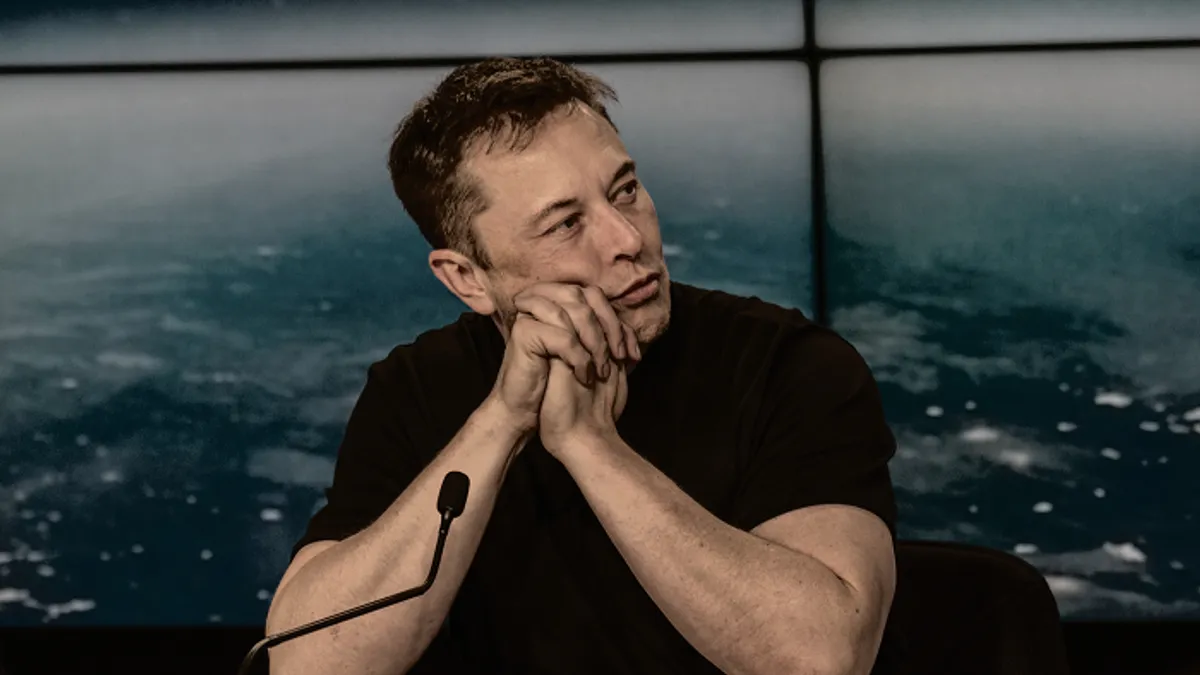In 1958, brothers Frank and Dan Carney borrowed $600 from their mother, and opened the first Pizza Hut in Wichita, Kansas. Today, there are over 6,300 stores in the US, using about 3% of the total cheese production of the US.
Jenna Bromberg, the director of Social Media and Digital Engagement at Pizza Hut recently shared some insights.

Like many franchises, the corporation is the owner of social media for the brand. Bromberg explains, "We prefer to keep the brand voice consistent and have one channel for pizza hut." As an added benefit, the franchisees are part of a Facebook page with well over a million likes.
A group attached to the customer care team maintains customer feedback in social media. Members of that group are trained on brand voice, brand identity; and are encouraged to have fun and be creative.
A separate team, which includes Bromberg, manages the ongoing content. That team sits with the digital team, the PR team, and the brand team. Bromberg shares, "every morning we get together with all of those cross-functional groups and we talk about what's happening in the world, what our community is saying, what our followers are talking about. We use that to inform the content that we're going to post that day. We try to supplement our planned brand content with daily posts that we create in-house."
Brand Voice

Many brands have used a celebrity persona to help define the brand voice. Bromberg is quick to point out that her team has rejected this tactic, "We've found in the past when we try to assign a kind of pop culture persona that everyone knows, people take it a bit too literally, internally. "
Agile Content
Bromberg quips, "With all the planning that we do and all the pretty pictures that we take, our most retweeted tweet organically of all time was these three silly, three saucy guys, saying 'order pizza tonight.' And my point being, some of our biggest successes have just been in our super-quick agile reaction to things that our communities are tweeting or posting about."

The content team is quick, and able to turn ideas around into social posts within minutes. Bromberg says it's because the brand places trust in the team. She adds, "that's not to say there's not strategy and tons and tons of insights that go into our planned content; but sometimes supplementing that with some quick-turn fun stuff can be lightning in a bottle."
Bromberg has a bit of advice for companies that have yet to embrace this agility: "keep moving, or die. You've got to keep moving. The conversation evolves by the minute on social and if you're not a part of it, you're going to get passed by."
Bromberg pauses for a few seconds and continues, "and don't be dorky. I think as a huge brand, we run the risk of looking dorky if we look like we're trying too hard. Trust and empower your people to make decisions on the fly. But before you do that, make sure they understand the needs of the business and the strategic insights behind all the other marketing messages before you put somebody behind the wheel of your social."





